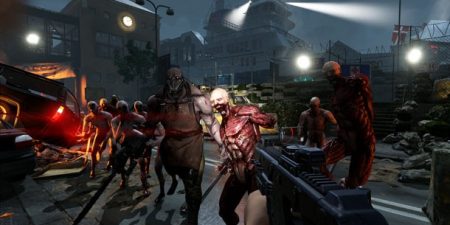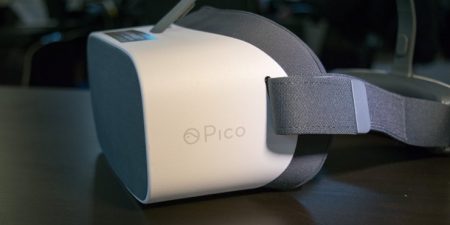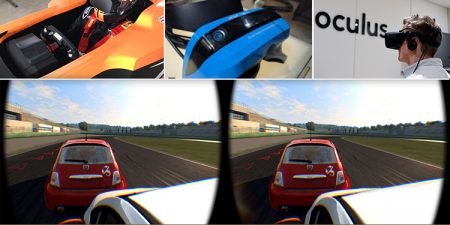Asia’s biggest tech show on Tuesday witnessed the launch of new hardware for VR games to run smoother and look livelier than before. More than 30 brands of yet to release PCs and updated processors went on display designed especially for VR games at Computex Taipei and continued till Saturday.
More than 130,000 predictable tech guests were able to test the innovative hardware designed to display virtual 3D images and block images or regular settings. New handsets were also equipped with buttons for the user to control their movements like firing with a gun to slay lifelike enemies.
Bouncing ball going through the table instead of repelling back was a gaffe caused in VR according to the CEO and co-founder of Nvidia, Huang Jen-hsun. The company also launched PASCAL, a processing unit for speed and high-memory graphics. Users often complained about the domination of heavy headsets and wires to which Huang Jen-hsun replied that it will be solved in the near future. He further mentioned that resolution will improve.
Eight companies including Sony, HTC and Facebook-owned Oculus Rift are leading the market today and they are trying to make VR real economical for the gamers. The vision of VR 2020 is that the industry will be worth $15.89 billion with the compound annual growth rate of 63.18%. United States is working as a totalitarian system in the market but now China is following. Mark Naktin, managing director with market research firm Marbridge Consulting in Beijing is expecting China to reach $835 million this year and to increase profits; branded developers are seeking bigger shares of high-end companies.
More good news is flowing for avid VR gamers that Acer had developed laptops with enough power and components to run VR games smoothly and complemented with a fan cooling system. And also Vice president of marketing and strategy, Nandan Nayampally, has confirmed that British Microprocessor firm ARM Holdings has came up with a specialized Processing unit for Smartphone VR and they are due by next year.
So as he says that a realistic and ‘more full-on’ VR experience is talking of higher frame rates to keep it livelier with increased resolutions.








